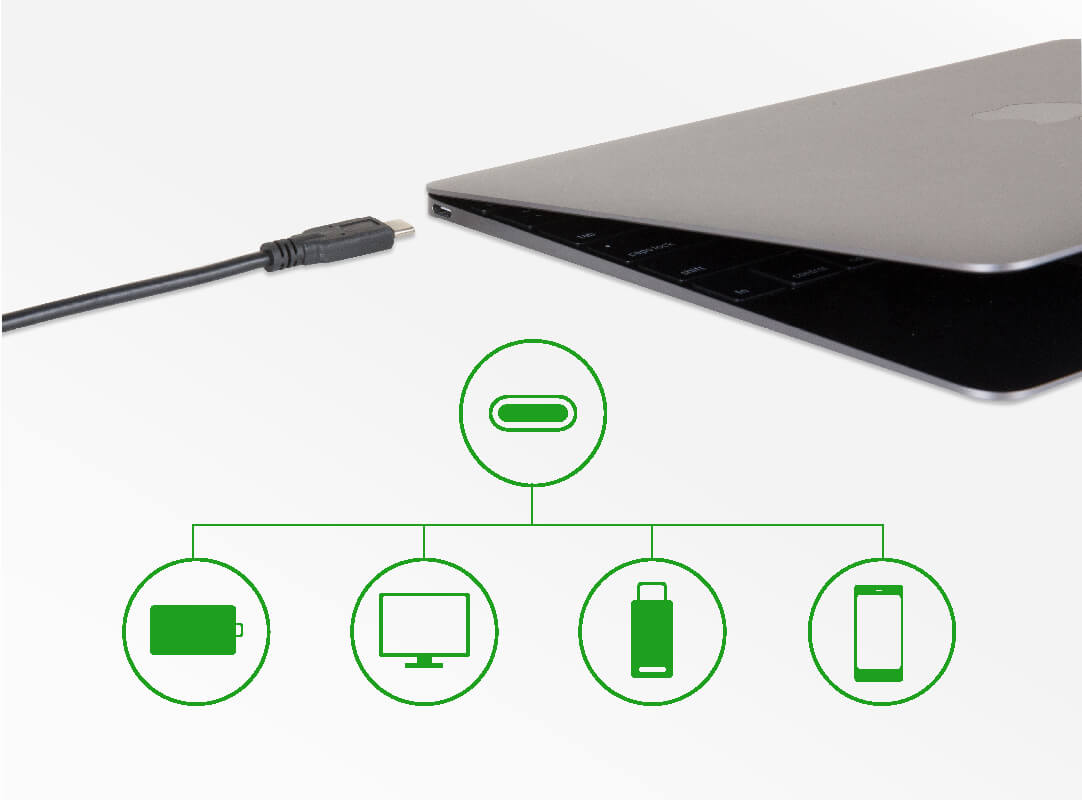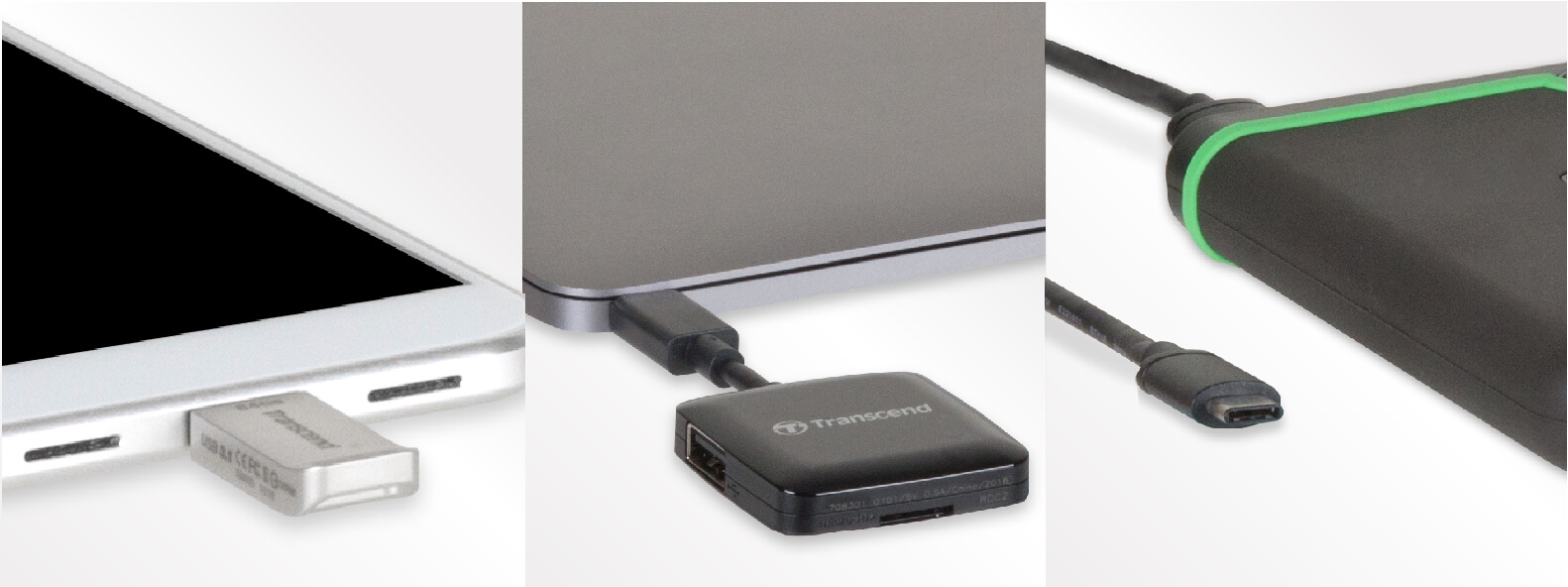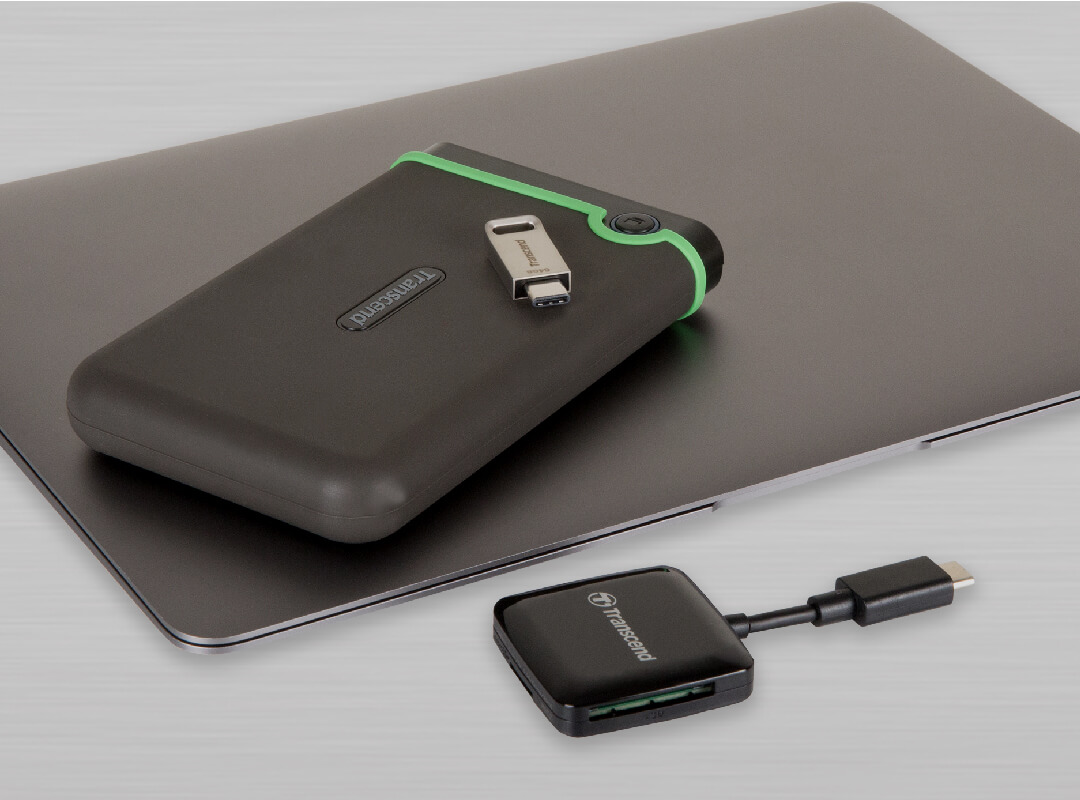
While USB Type-A and Type-B connectors prevail, the new USB Type-C connector has been released to gradually replace the others. In addition to the capabilities of power charging at up to 100 watts and video output (HDMI/ VGA/ DisplayPort), USB Type-C possesses two other features that differentiate it from USB Type-A and Type-B connectors.
Orientation and flexibility. First, USB Type-A and Type-B are non-reversible, meaning time wasted ensuring a correct plug-in. Second, they cannot be used across multiple platforms. But that's all changing, with the future-proof Type C standard marching toward ubiquity.


It's worth addressing the difference between USB interface standards and connector shape. USB connectors, regardless of type, can run with different USB interfaces, so you will see, for example, a USB Type-A cable running at USB 2.0 or USB 3.0 speeds. A reminder: USB 3.0 can reach its full speed potential only if your device supports USB 3.0.